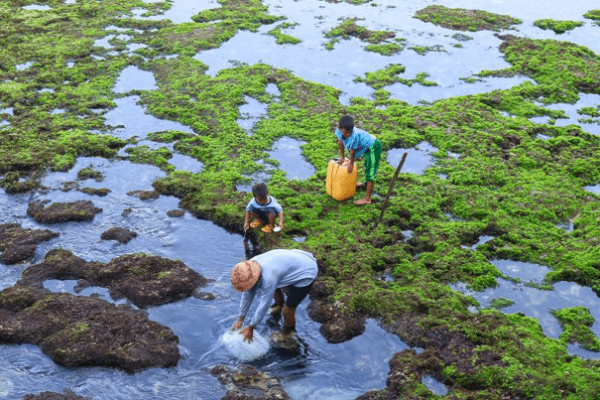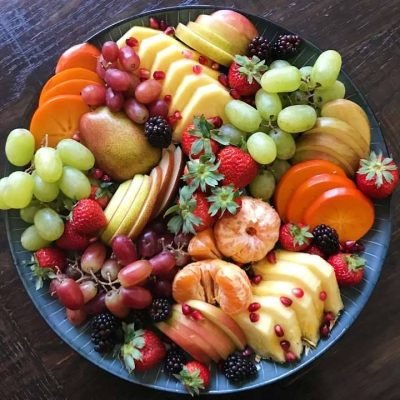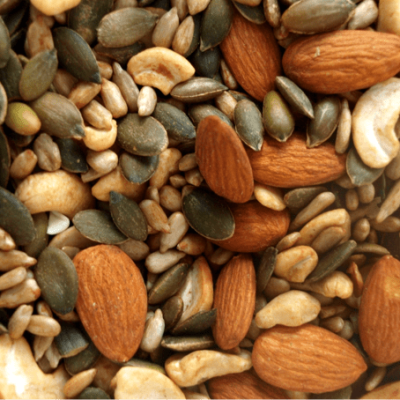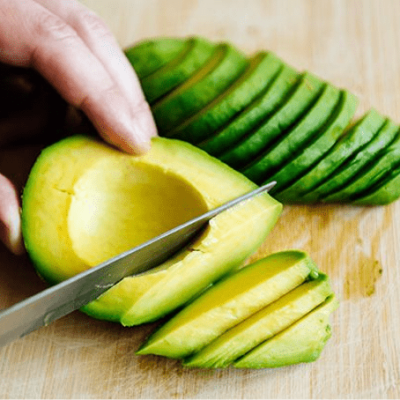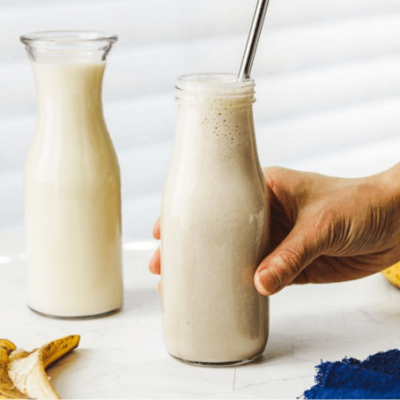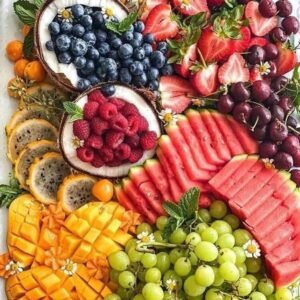*assimilatible Vitamin & mineral rich
Nutrition from the SEA
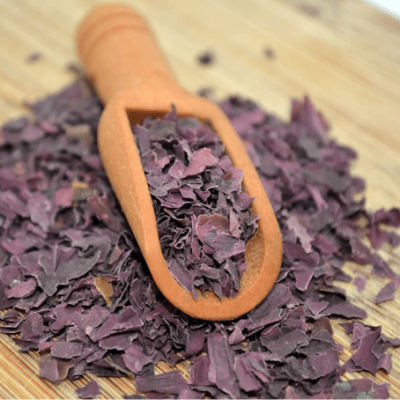
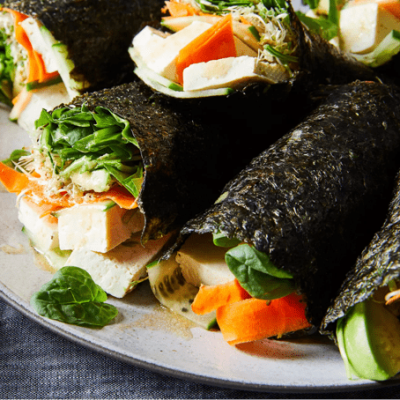
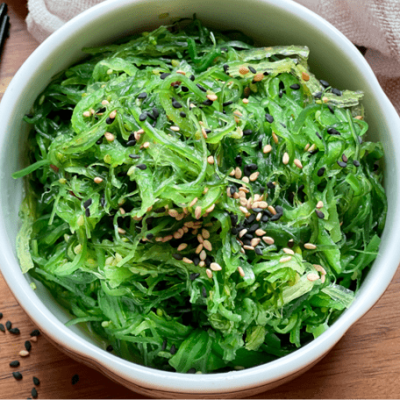
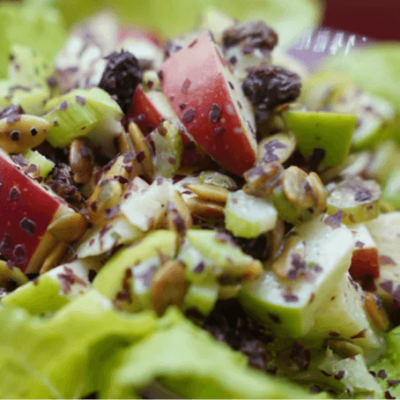
Due to the nature of their growing location, seaweeds and sea vegetables offer the broadest range of minerals of any food, containing virtually all the minerals found in the ocean, in the correct balance that is easily assimilated by the human body.
Iodine is one such mineral found in seaweeds and sea vegetables that is an essential component of the thyroid hormone thyroxine which is crucial in supporting the proper function of human metabolism. Those following the living foods diet & lifestyle to align with the foundational communitarian principle and practice of Living Nutrition, obtain their iodine needs from edible seaweeds, particularly brown seaweeds which contain higher amounts of iodine than other varieties such as green seaweeds.
Seaweeds such as Dulse, Nori and Wakame also contribute substantial amounts of energising iron, immunity-boosting Vitamin C, Vitamin B1, B2 & B6, Vitamin A, Manganese and Copper as well as protein, pantothenic acid, potassium, zinc, niacin, phosphorus, folate and fibre to the diet.
There are many easy and attractive ways to include nutrition from the sea in our diets. It can be as simple as sprinkling Dulse flakes over a salad, encasing a salad in Nori Wraps, or using wakame in vegetable dishes to season and enhance the flavour while adding a balance of vitamins and minerals, protein and fibre to sustain health and energy.
*seaweed salads


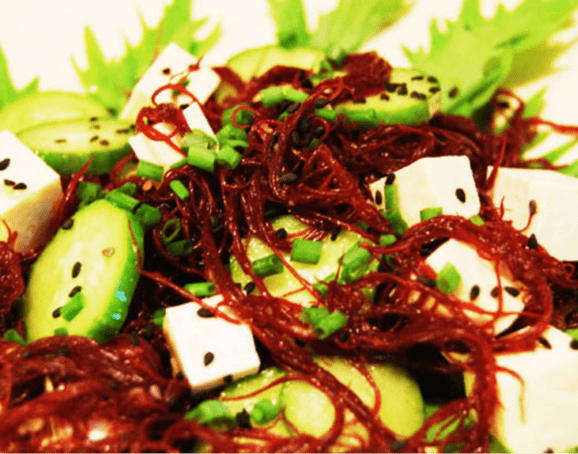

Rehydrated dried Wakame is the most common type of seaweed used in seaweed-based salads. However, a full Wakame salad that isn’t ‘cut’ with soft leafy land-harvested greens, may be too overpowering – too salty, and too sour for most fruit-based palettes that are used to sweet, rather than savory, flavours.
Wakame combines well with cucumber, lettuce, microgreens, mushrooms, lime and a little finely diced fresh chilli. Even fruits such as pawpaw, or papaya, mango, mandarin and tomatoes along with finely sliced red bell peppers, combine well with seaweeds to create a satisfying nutriment-dense, lunch-time or evening meal.
However, as mineral and vitamin as well as trace-element, rich, seaweeds are, we must be careful not to have too much of a good thing, otherwise the health benefits turn harmful. With this in mind, those following the living foods diet should not partake of full seaweed salads every day.
However, dulse flakes are safe enough to sprinkle over salads every day. A teaspoon to a tablespoon of dulse added to a lettuce and microgreen salad is sure to supply the correct amount of iodine needed by the body to ensure optimum amounts of minerals, vitamins and trace-elements are available for the body to utilize at all times.
To ensure proper digestion, it is best to keep the combination of ingredients to a minimum. As a general rule, no more than 5 different greens and fruits should make-up a living food salad.
*Nori Wraps


Nori Wraps are the easiest ‘fast food’ that can be made in under 5 minutes from simple to source ingredients such as lettuce and cucumbers from the living foods garden, micro-greens from the kitchen window as well as a myriad of other readily available fruits and condiments. Grab a ripe avocado to use as the ‘glue’ to keep everything intact, and we are good to go.
Seaweed Salad Wraps also travel well if we need a take-away lunch, or to make up a platter to take to a friendship circle meetup or Sunday Celebration.
Nutrition from the SEA
as Preventative Medicine


Across the globe, mineral deficiencies negatively impact both the health and longevity of more than 2 billion people, as well as, animals and even plant-life. Within human populations, the well-known conditions of anaemia, osteoporosis, goitres and stunted growth are simply accepted as ‘inevitable’ life-limiting diseases associated with age and genetic predispositions.
Although the importance of adequate daily mineral intake, via food and supplementation, has received little official recognition or investigation as the cheapest and most efficient form of keeping populations healthy and thereby reducing the need for expensive medical interventions, drugs and other forms of resource allocation such as personal care, disability pensions, hospital stays and Emergency Room treatments – the facts remain unaltered – prevention is always, without exception, far better than cure.
Prevention and correction of a multitude of mental and physical deformities and impairments, along with a host of degenerative diseases that impact economic independence as well as community participation and contribution, is as easy and cost-effective as sprinkling less than 9 cents worth of dulse over a salad, or else adding a dash of sea salt that costs .05 cents to half an avocado, each day.
Seaweeds and sea salts have been long identified as “nutraceutical food” – a term more easily understood to mean that when used as a food, these sea-derived culinary items, provide nutritional value as well as preventative health benefits. Seaweed‐based foods such as Nori & Dulse have proven to alleviate and prevent asthma, sinus, arthritis, diabetes, autoimmune, ocular and cardiovascular diseases, as well as, skin conditions such as acne, eczema and psoriasis.
Sustainable Sea Farming

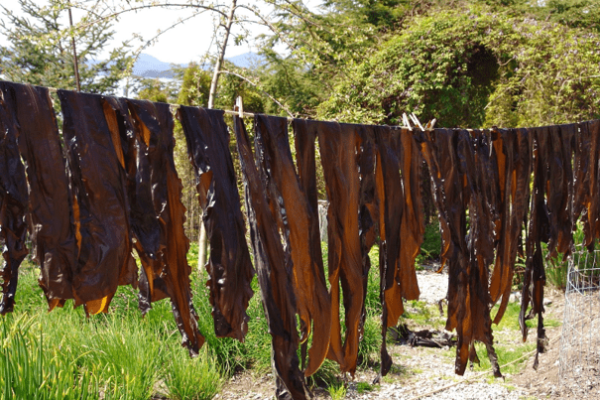
Those who have investigated the growing and harvesting methods of seaweed will agree that it is THE most sustainable source of food for humans and animals as well as fertilizer for plants. Because obtaining nutrition from the sea does not require any soil and therefore no ground is ploughed eliminating topsoil from exposure to wind, sun and compaction; massive amounts of top-soil are saved, along with fossil fuels that otherwise would be used to fuel tractors and harvesters, remain in the ground where the ‘bones of the Earth’ belong.
In addition, seaweed absorbs carbon dioxide while producing more than half of the oxygen we breathe. Also, it is fast growing as well as easy and cheap to process, distribute and store.
For those able to directly harvest or access edible seaweeds from clean-blue oceans, fresh seaweed will last 3-5days when refrigerated; while dehydrated seaweeds that are stored in air-tight containers, away from light and in cool cupboards, will last for months and up to a year, depending on how well it was dried and stored.
For those who love food that is chewy as well as tasty, Dulse is the jerky of the sea. This wonderful treat can be found waving its long red fronds from mid-tide to below the intertidal zone clinging to rocks by a small sucker-type dish that helps the sea-plant to ‘root’ within sheltered crevices.
Dulse can be easily harvest at low tide and brought home, hung on a clothes line to air-dry. Dulse makes a wonderful snack as it comes, or else crushed into flakes that can be sprinkled on salads or Nori wraps.


